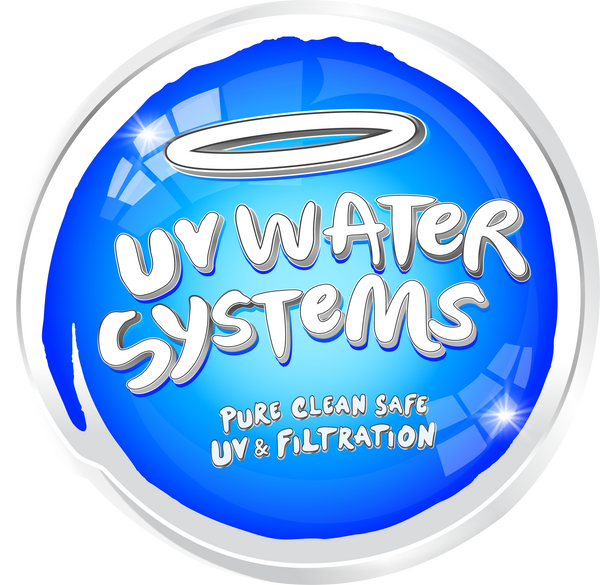The connection between tank cleaning and water filter performance often goes unnoticed by many homeowners. Regular tank cleaning plays a vital role in keeping your water filtration system working efficiently and extending its lifespan. Let's explore how proper tank maintenance directly impacts your water filters and overall water quality.
Why Is Sediment in Water a Problem?
Your water tank naturally collects sediment over time - tiny particles of dirt, rust, and organic matter that settle at the bottom. During heavy rainfall, this sediment doesn't just sit quietly. Instead, it gets stirred up and flows toward your filtration system. Think of it like a snow globe being shaken - all those settled particles suddenly become active and mobile.
Why Tank Cleaning Matters for Your Filters
When sediment builds up in your tank, it creates several problems for your filtration system. During rainstorms or periods of heavy water usage, this accumulated sediment gets disturbed and flows directly into your water filters. This sudden influx of particles can quickly overwhelm even the best quality filters, forcing them to work harder than necessary and potentially causing premature failure.
The Tank Cleaning Process
Professional tank cleaning involves carefully vacuuming out the accumulated sediment from the bottom of your tank. This process requires specific equipment and expertise to ensure thorough cleaning without damaging the tank structure. However, the process doesn't end with just the cleaning - what you do afterward is equally important.
A Critical Post-Cleaning Tip – Don’t Replace Your Filter Right After Tank Cleaning
Here's something many people don't realize: after tank cleaning, you shouldn't immediately replace your water filters. Instead, wait approximately one week before installing new filters. This waiting period is crucial because the cleaning process can dislodge residual sediment and bacteria from your pipes. These particles need time to clear out of your plumbing system naturally. If you install new filters too soon, they'll quickly become clogged with this displaced debris.
Monitor Your Filters After Tank Cleaning
The day after tank cleaning, it's important to inspect your current filters. This check can reveal how much sediment was actually present in your system. Often, you'll notice increased debris collection in your filters immediately after cleaning, which is completely normal. This helps confirm that the tank cleaning process is working as intended.
Schedule Tank Cleaning Regularly
Most water tanks benefit from professional cleaning every two to three years. However, this timeline can vary depending on your water source, local environmental conditions, and water usage patterns.
The Long-Term Benefits of Tank Cleaning
Consistent tank cleaning offers several advantages for your water filtration system.
- It reduces the workload on your filters.
- It helps maintain better water quality.
- It prevents accumulated sediment from contaminating your water supply.
Signs You Need Tank Cleaning
Pay attention to changes in your water quality or filter performance. If you notice your filters getting dirty more quickly than usual, or if your water develops an unusual taste or appearance after heavy rain, these could be signs that tank cleaning is needed.
Tank cleaning helps maintain clean water and protect your investment in your water filtration system.


